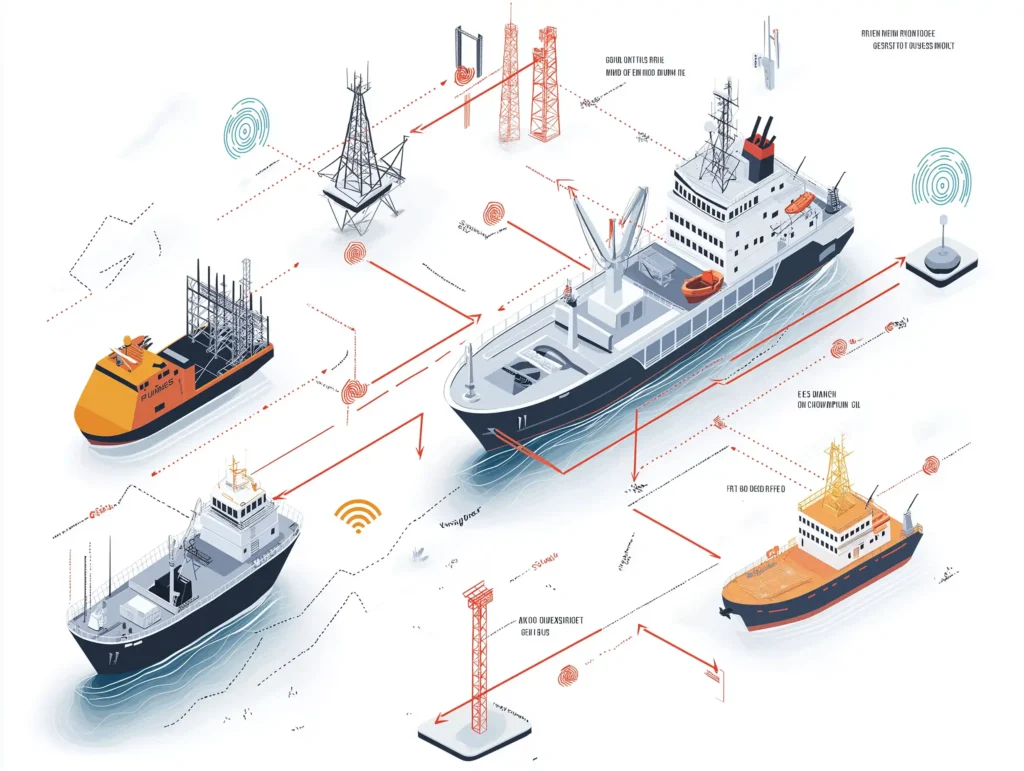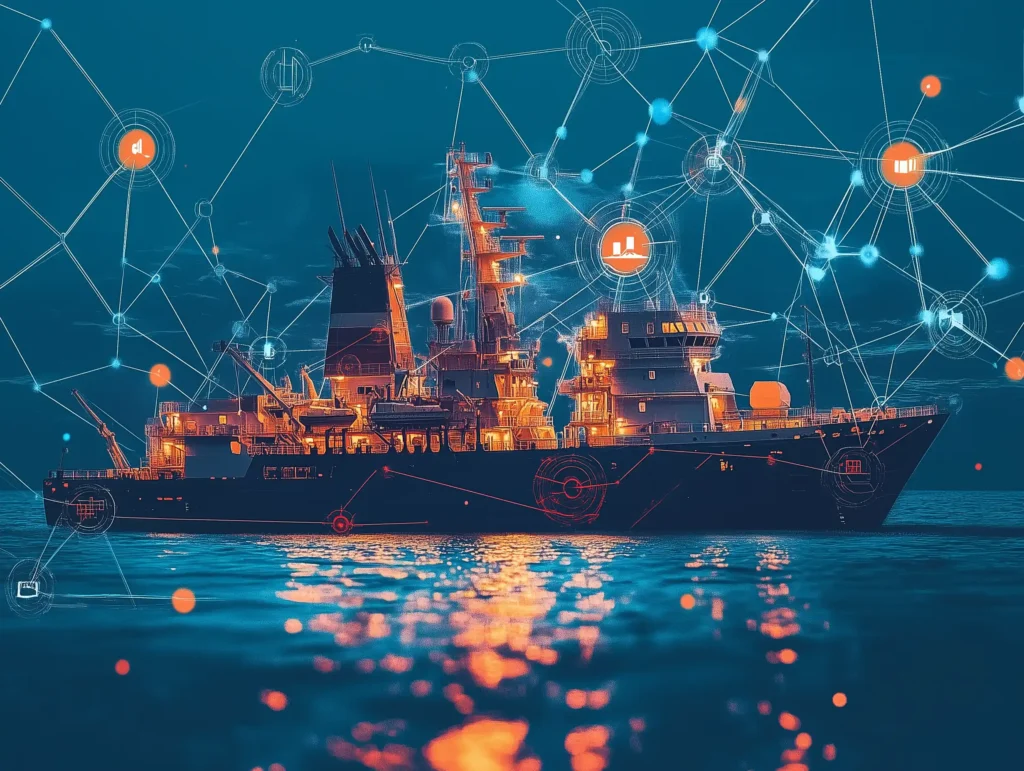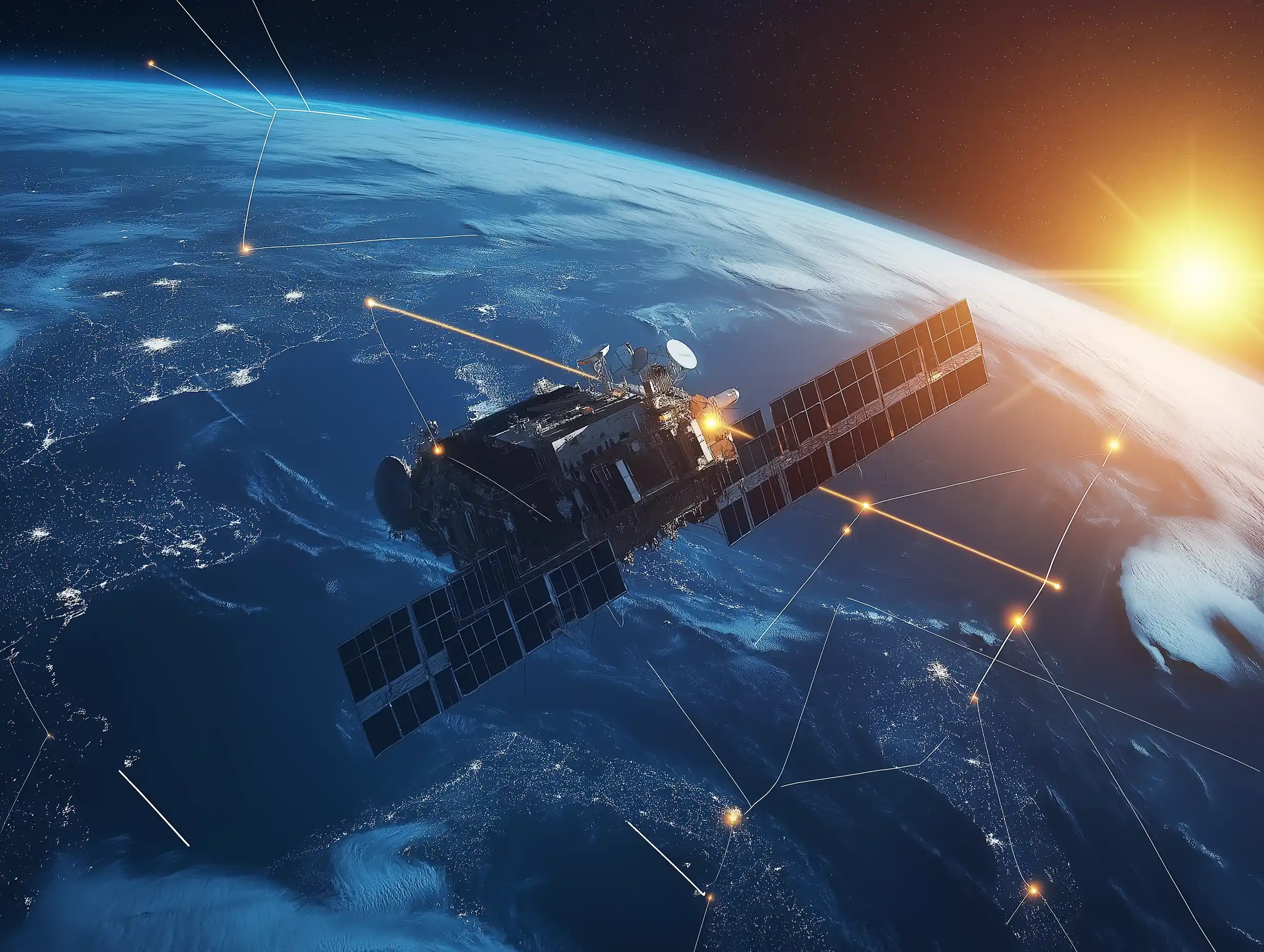The maritime industry is experiencing a major change thanks to satellite communication technology. Ships can now stay connected even in the middle of the ocean, making operations safer and more efficient. By 2025, the maritime satellite communication market will reach $3.2 billion as more shipping companies adopt this technology. This article explores how satellite systems are transforming ships into smart, connected vessels and reshaping the entire shipping industry.
How Satellite Communication is Growing at Sea
The way ships communicate is changing fast. The maritime satellite communication market is expected to grow by 7.1% each year between 2020 and 2025, reaching $3.2 billion. This growth is happening because more ships need to stay connected while traveling across oceans.
Ships used to be isolated when they went far from land. Now, satellite systems let them stay in touch no matter where they are. This is important as more companies want to track their shipments and keep their crews connected to the internet.
Internet use is growing everywhere. In 2023, just India alone had about 851 million internet connections. This global demand for staying connected has made satellite communication systems cheaper and easier to install on ships.

VSAT Technology: Making Ship Communication Better
VSAT (Very Small Aperture Terminal) technology has changed how ships communicate. These satellite systems use small dishes that can be installed on almost any vessel. They provide much faster internet than older systems.
Before VSAT, ships had limited and expensive ways to connect to the internet. Now, VSAT technology offers high-speed connections that work almost anywhere in the world. This makes it possible for crew members to video call their families, ship captains to get the latest weather updates, companies to track their ships and cargo in real-time, and engineers to fix problems remotely by guiding the crew through repairs.
VSAT systems are becoming more affordable, making them available to smaller shipping companies. The equipment is also getting easier to install and maintain, which means more ships can use this technology.
How VSAT Works at Sea
VSAT systems on ships use special antennas that stay pointed at satellites even when the ship is moving through rough waves. The antennas automatically adjust to keep the connection working in almost any weather condition.
These systems use different frequency bands, with Ku-band and Ka-band being the most common for ships. These higher frequencies can send more data but might be affected by heavy rain or storms. L-band systems are slower but more reliable in bad weather.
Digital Transformation in Shipping
Satellite communication is helping the whole shipping industry become more digital. This change is often called Maritime 4.0, similar to Industry 4.0 in factories.
Ships are being fitted with many sensors that collect information about the engine, fuel use, cargo conditions, and weather. This information is sent through satellite connections to company offices on land. Computer programs then analyze this data to make better decisions about when to service the ship’s engine, how to save fuel by choosing better routes, how to load cargo more efficiently, and when to speed up or slow down to arrive at ports at the right time.
This digital transformation is making shipping more efficient and environmentally friendly. Ships can reduce fuel use by 5-15% just by using data to plan better routes and engine operation.

How Satellite Communication Makes Ships Safer
Safety is extremely important in shipping, and satellite communication has made ships much safer than before. When a ship is in trouble, every minute counts, and satellite systems help get help quickly.
The Global Maritime Distress and Safety System (GMDSS) uses satellites to send emergency alerts if a ship is in danger. These alerts include the ship’s exact location, which helps rescue teams find them faster.
Satellite communication also provides ships with up-to-date weather forecasts to avoid storms, emergency medical advice for sick crew members, real-time security alerts about pirates or dangerous areas, and updates to navigation charts showing new hazards.
Weather Routing and Safety
One of the biggest dangers to ships is bad weather. Satellite communication allows ships to receive detailed weather forecasts and warnings. Special computer programs can suggest the safest routes to avoid storms.
In the past, ships had to rely on basic weather reports and the captain’s experience. Now, satellite data can show the exact location of storms and help ships stay safe by changing course early.
The Future of Maritime Satellite Communication
The most exciting development in maritime communication is the growth of Low Earth Orbit (LEO) satellite networks. These new LEO satellites orbit much closer to Earth than traditional satellites.
LEO satellites offer two big advantages: much faster internet speed (up to 100 times faster than older systems) and less delay in the signal (lower latency).
Companies like Starlink are launching thousands of these smaller LEO satellites, creating networks that can provide high-speed internet anywhere on the ocean. This will make it possible for ships to use video conferencing, stream training videos, and connect many more devices.
Future Applications and Benefits
As maritime satellite communication improves, we’ll see many new uses. Remote operation of ships from land-based control centers will become more common. Crew members will access virtual reality training while at sea. Artificial intelligence systems will help manage ship operations more efficiently. Ships will also have better connections to underwater vehicles and equipment.
These advancements will make shipping safer, more efficient, and better for the environment. Ships will use less fuel, have fewer accidents, and provide better working conditions for crew members.
Satellite communication is no longer just a luxury for ships—it’s becoming essential equipment. As the maritime industry continues its digital transformation, satellite systems will be the backbone that connects ships to the global data network.
The growth of Inmarsat VSAT technology and new LEO satellite networks will make this connectivity faster, more reliable, and more affordable. This will help shipping companies save money, improve safety, and reduce their environmental impact.
For an industry that has existed for thousands of years, this digital revolution represents one of the biggest changes in maritime history. Ships are becoming smart, connected vessels that can be monitored and optimized in real-time, no matter where they are on the world’s oceans.


Leave a Reply